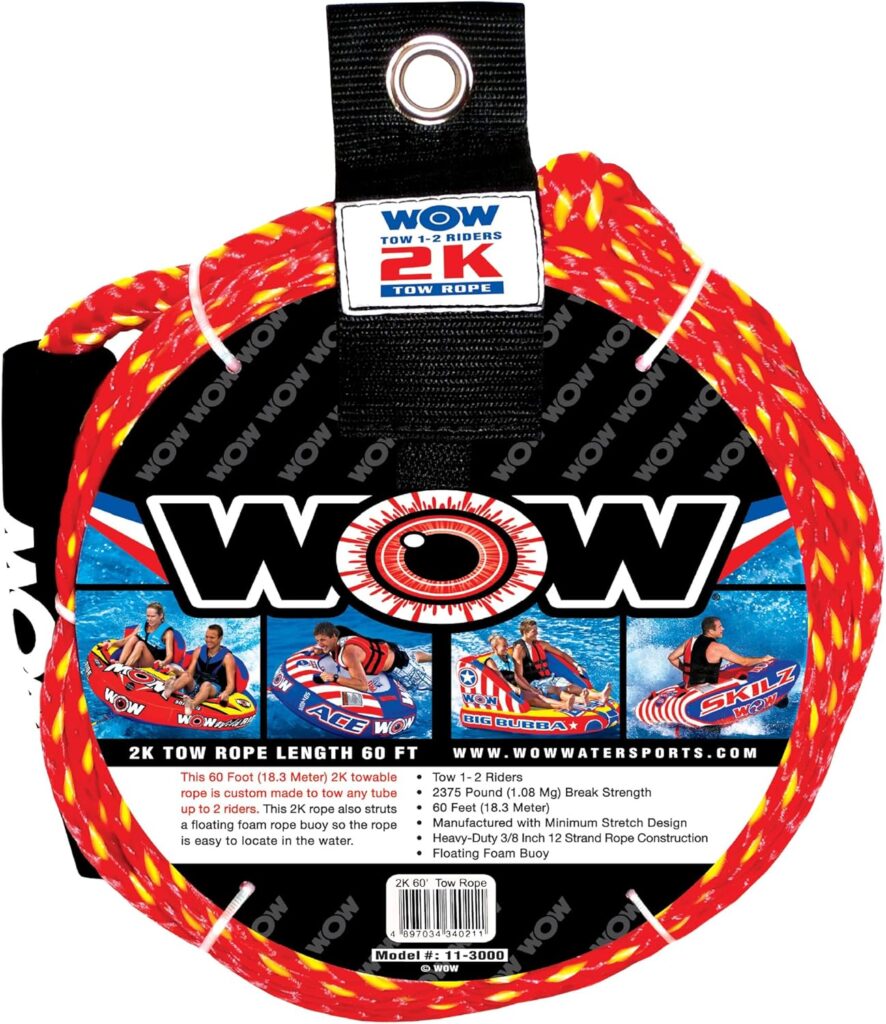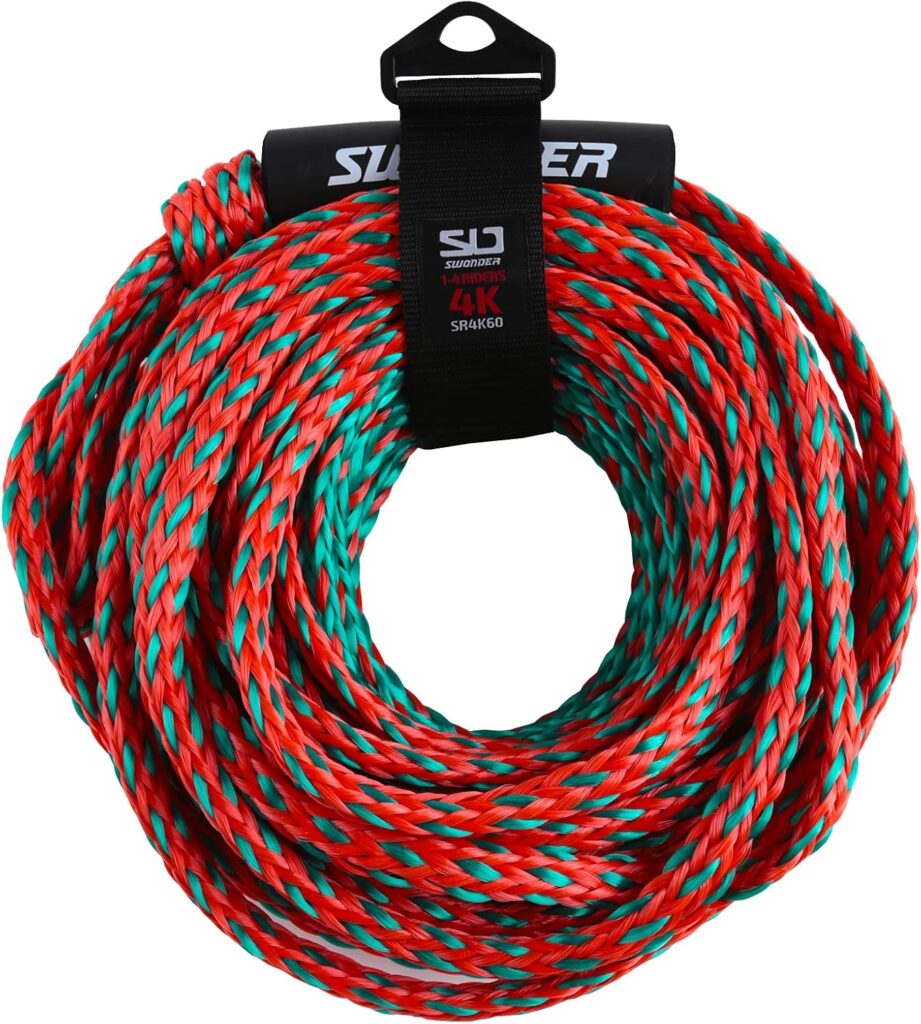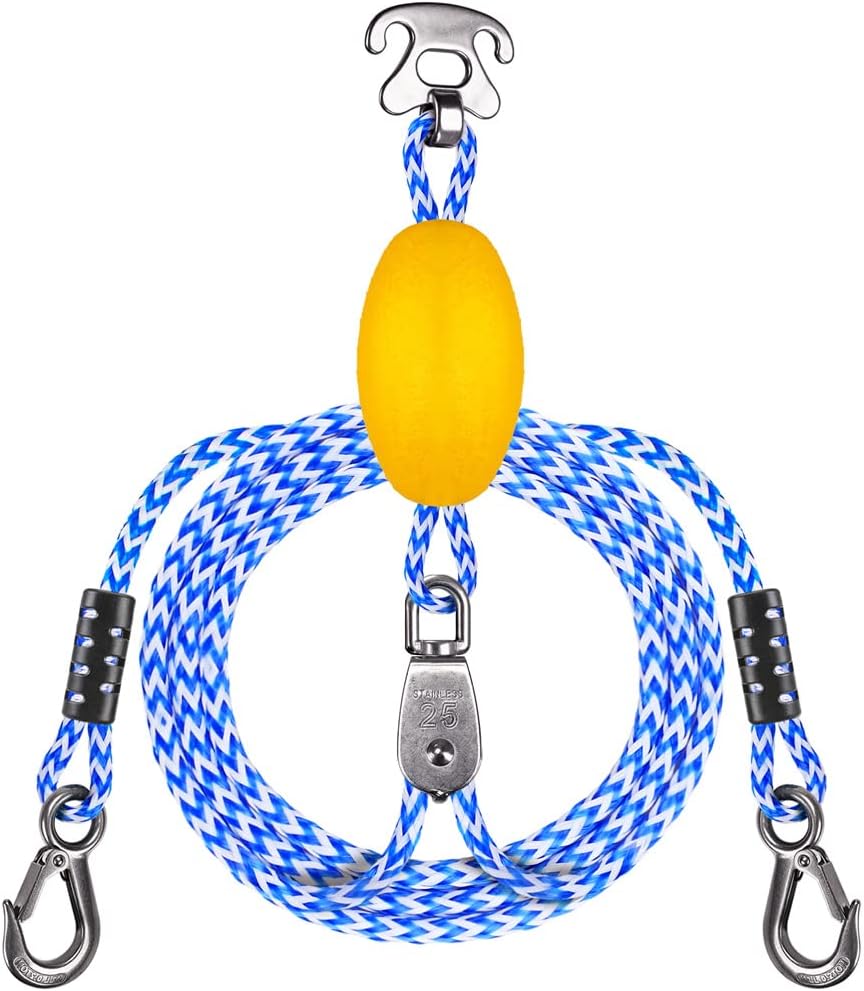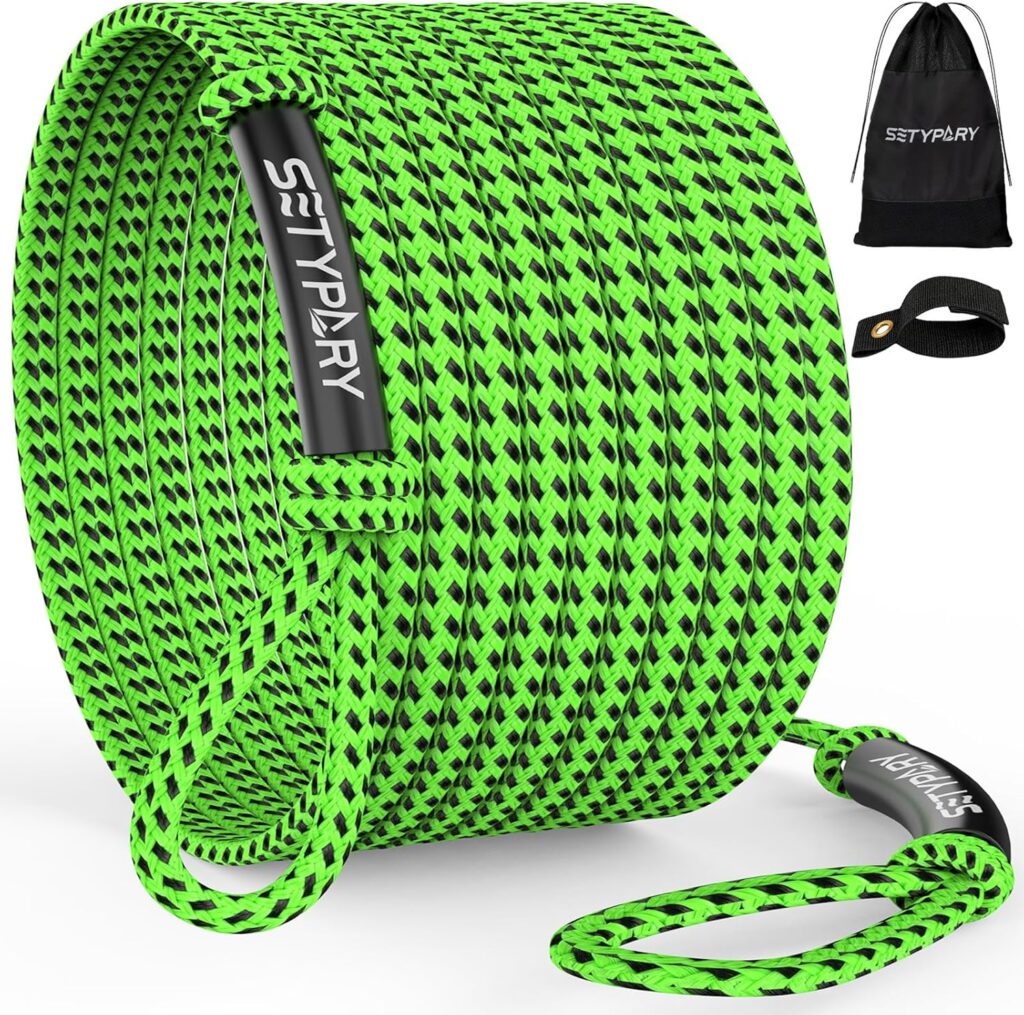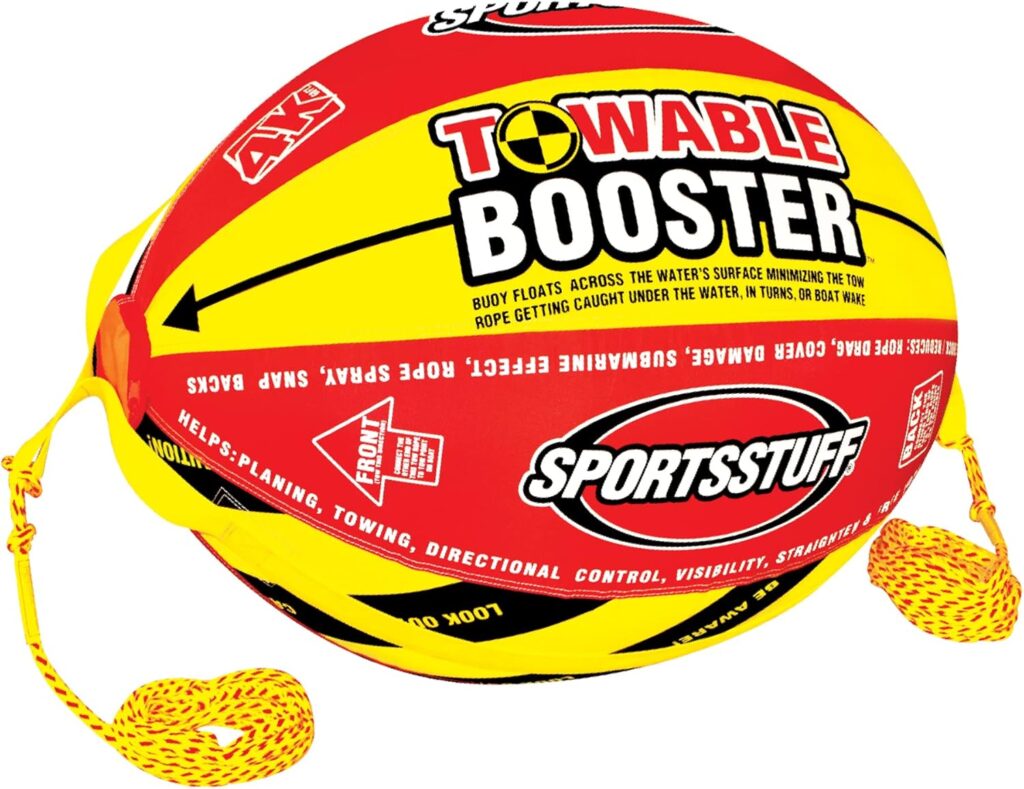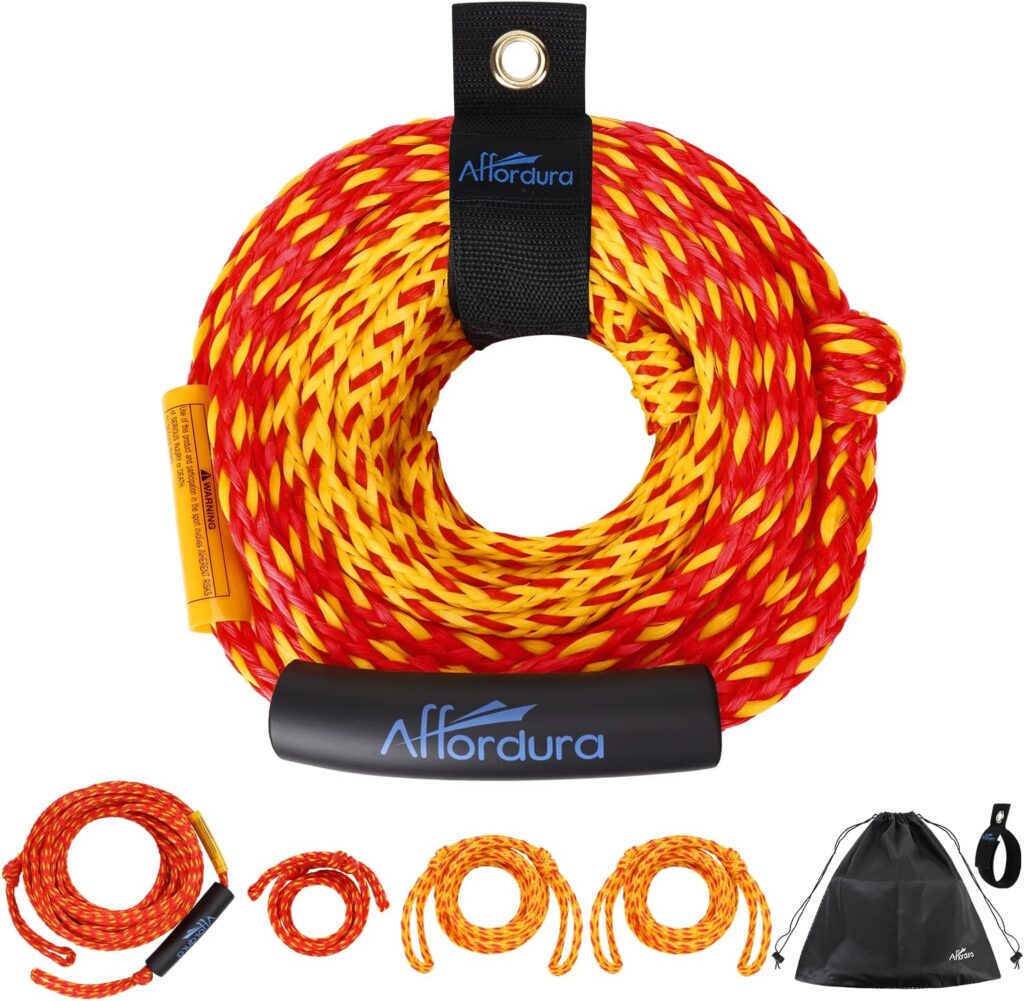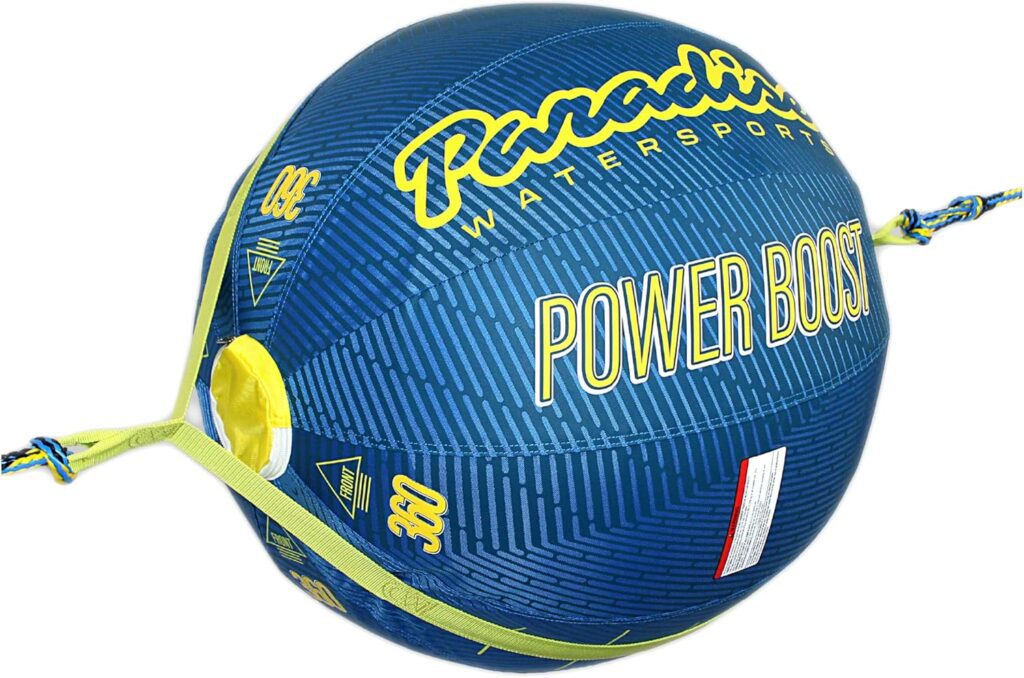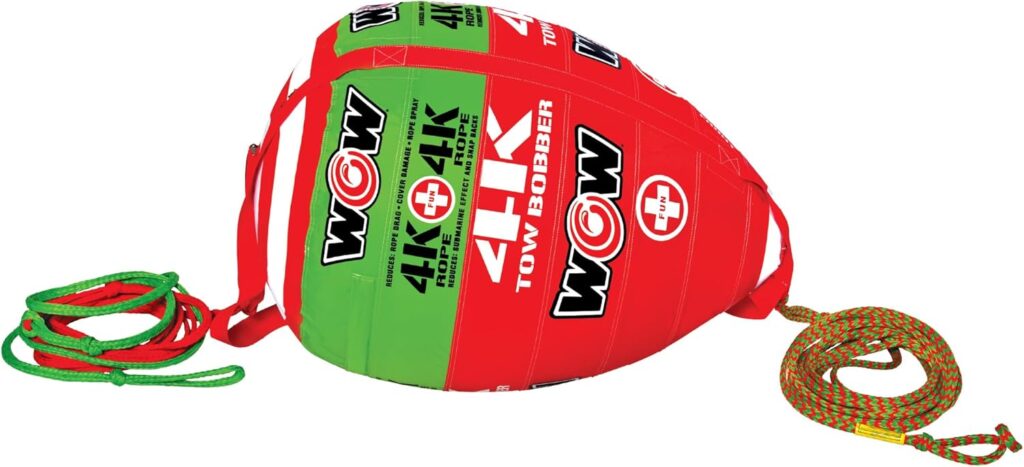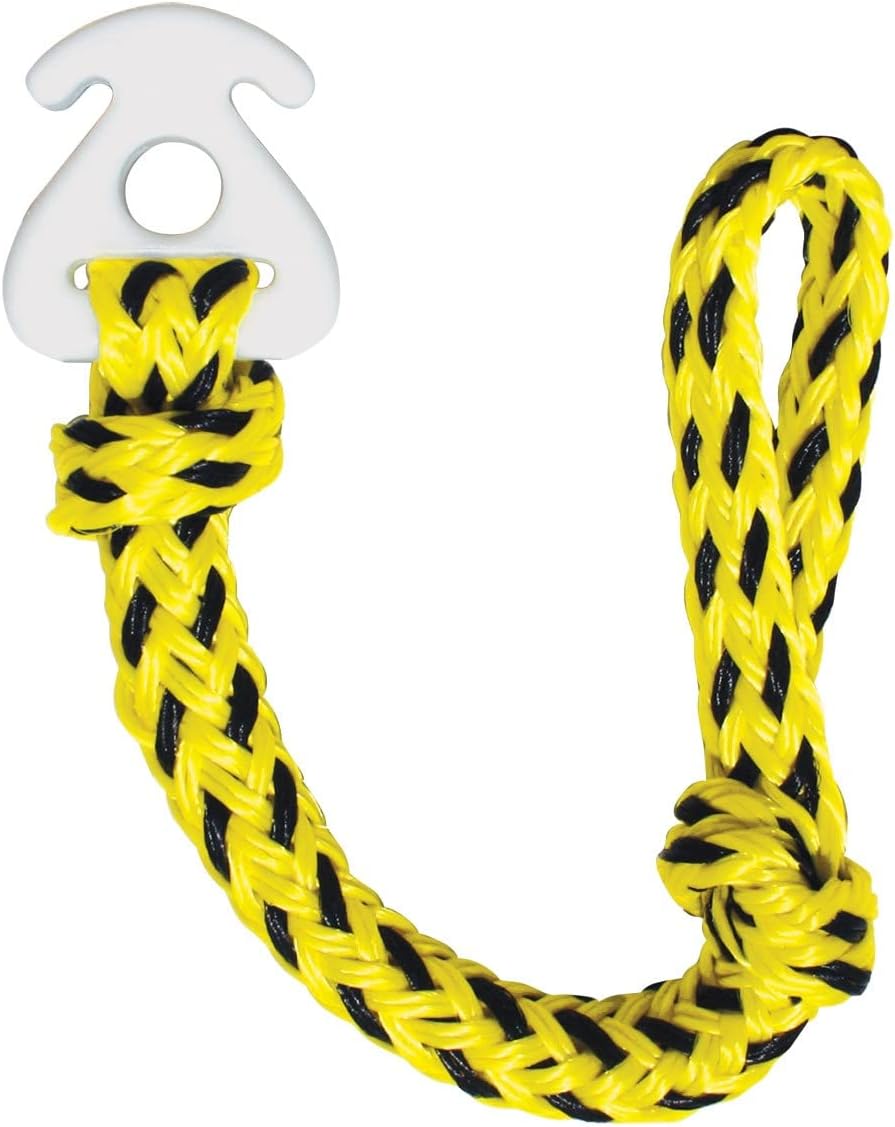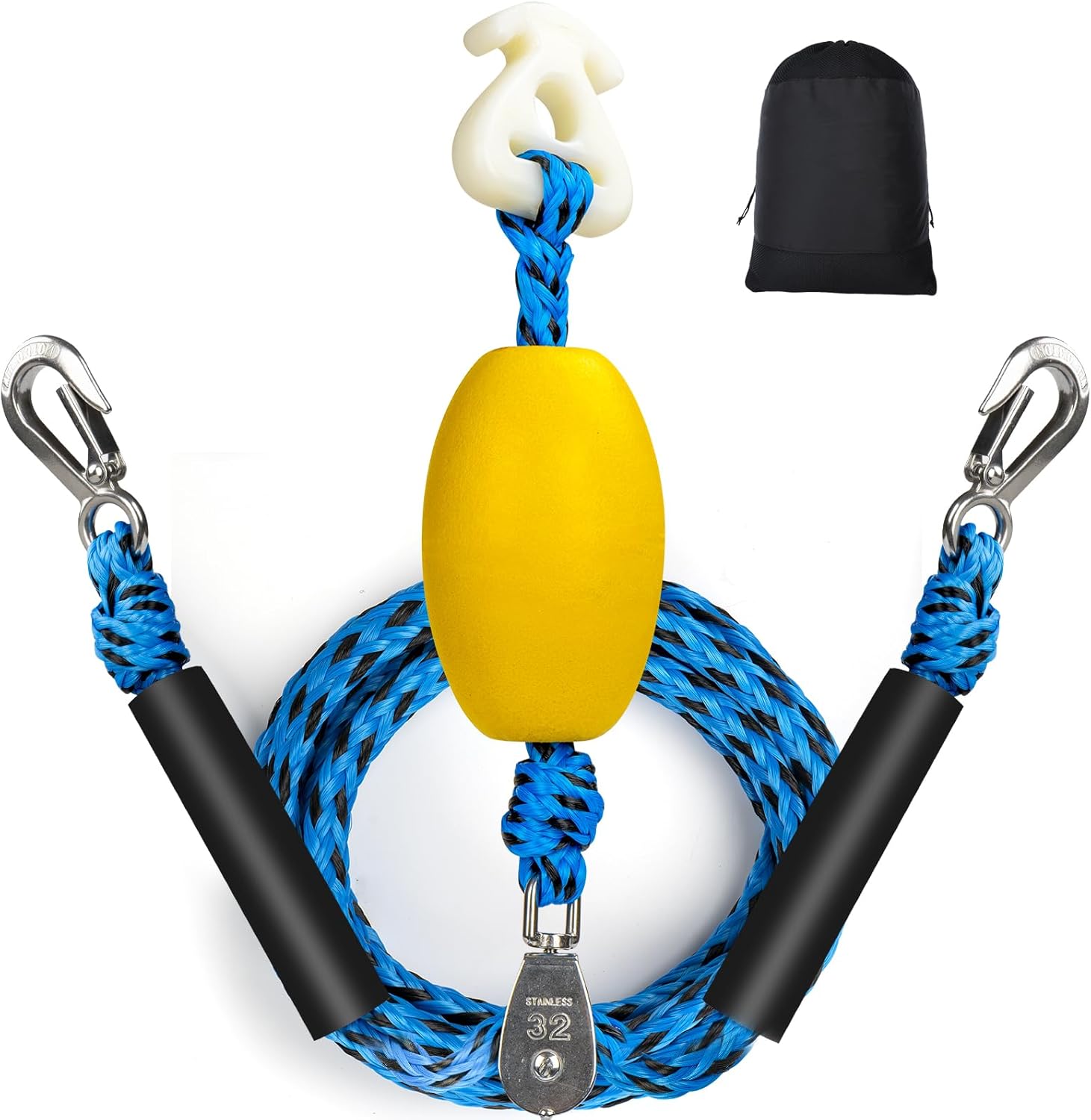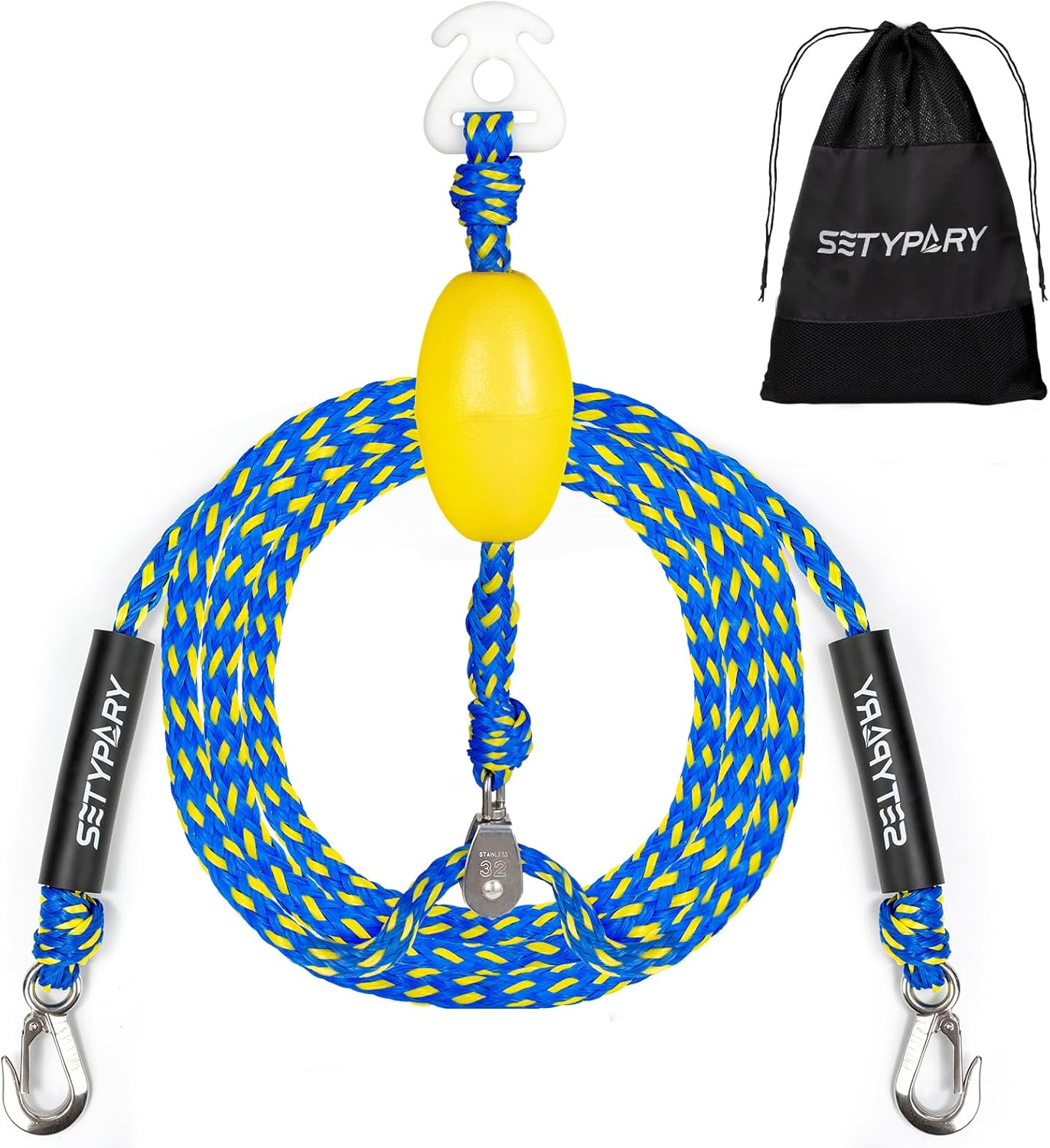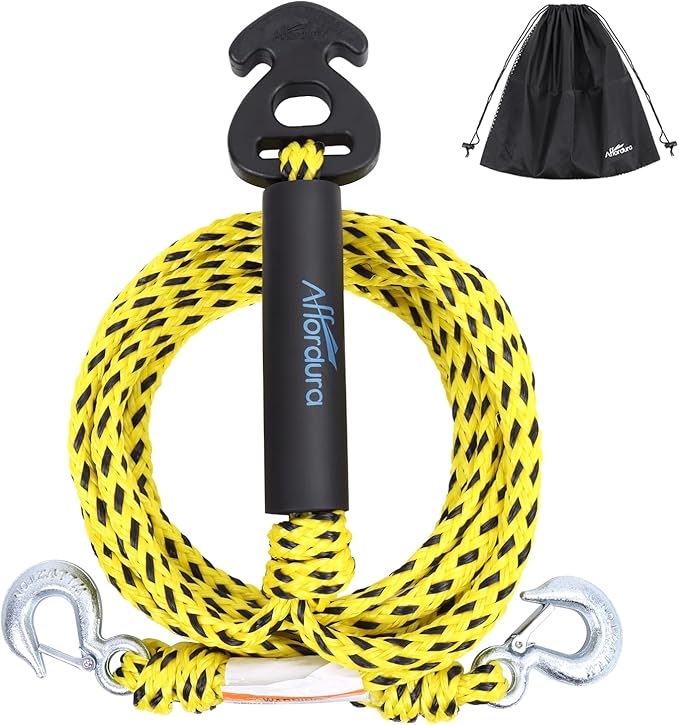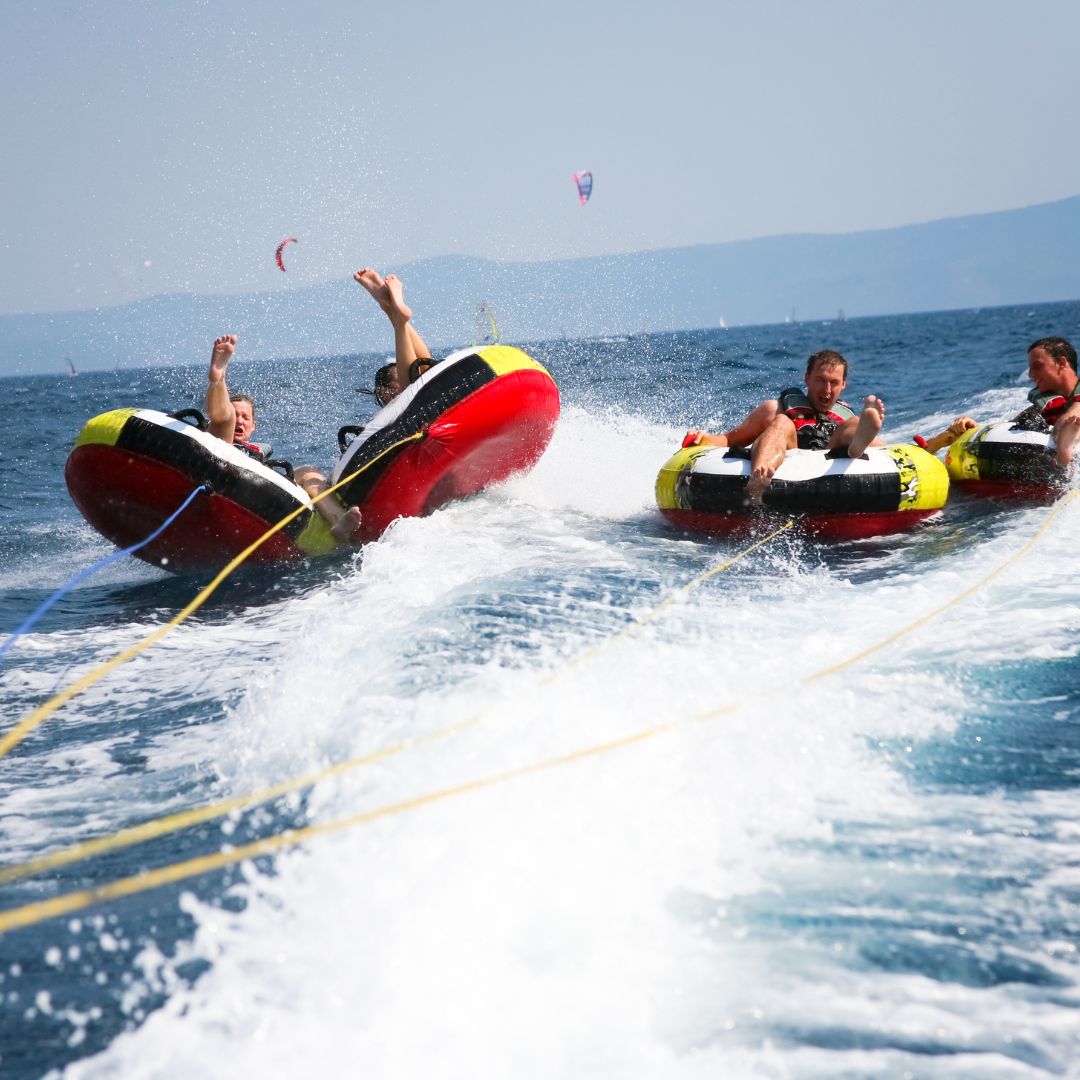10 Best Tow Rope For Tubing
The best tow rope for tubing? Let’s get one thing straight: when you’re hurtling across a lake at 30 mph on an inflatable tube held together by something that looks like your grandma’s clothesline, you’d better hope you invested in the best tow rope for tubing.
Otherwise, your tubing adventure might end with a splash, a snap, and a dramatic belly flop that becomes family legend. Tow rope for tubing isn’t just about performance: it’s about safety, fun, and preventing lawsuits at family reunions.
So, let’s not waste any more time. You came here to find out what the best tow rope for tubing is, and you’re going to get exactly that.
What Is the Best Tow Rope for Tubing?
The best tow rope for tubing is one that matches your tubing setup in three specific areas: rider capacity, rope length, and material durability. For most people, a 60-foot polypropylene rope rated for 4,100 pounds of tensile strength (for 1-4 riders) is ideal.
It should float, have minimal stretch, and comply with WSIA (Water Sports Industry Association) standards.
A perfect example of this is the Airhead 4-Rider Tow Rope. It’s a polypropylene, floating, 60-foot rope designed for up to 4 riders, with a whopping 4,150 lbs break strength. It doesn’t stretch like a bungee cord, and it comes with a rope keeper to avoid tangles.
However, if you’re only pulling 1 or 2 riders, using a full 4,100-lb rope is overkill and can even affect ride dynamics. In that case, a lighter 2,375 lbs tensile strength rope will give you better control and smoother whips without excess drag.
Here’s the simple breakdown:
- For 1-2 riders: Choose a boat tube rope rated at 2,375 lbs tensile strength, 50-60 feet long.
- For 3-4 riders: Go for a tube rope rated 4,150 lbs, 60 feet long.
- For 5+ riders or heavy tubes: You need a towable rope for tube with 6,000+ lbs tensile strength, possibly with a booster ball to reduce drag.
The Best Tow Rope for Tubing
Choosing the best tow rope for tubing can make or break your watersports day. The right rope doesn’t just hold riders; it absorbs shock, resists sun and water damage, and floats visibly to avoid accidents.
Whether you’re towing one rider or four, behind a speedboat or a pontoon, each of these ropes has its own standout strengths. Below is a curated review of popular options on the market.
1. Airhead Tow Rope, 1-4 Rider Rope for Towable Tubes Multi
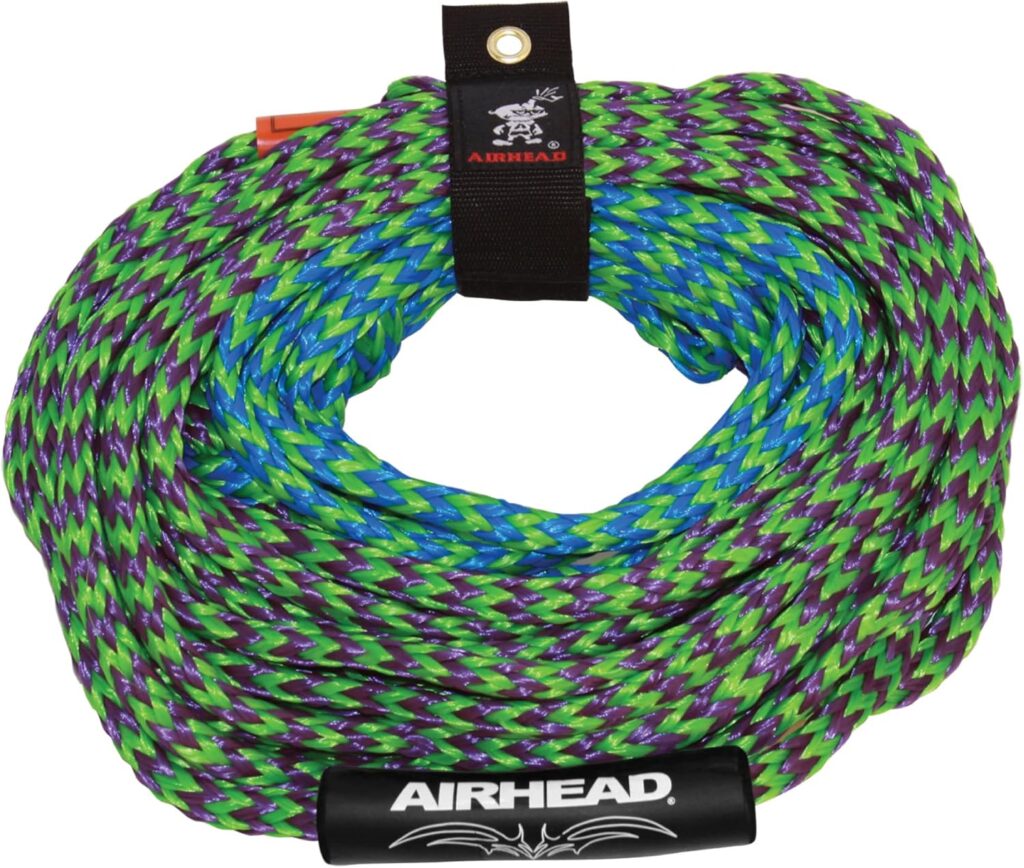
Engineered for reliability, this Airhead rope is rated for up to four riders with a 4,150-lb break strength and a bright color for easy visibility. Its durable braided construction holds up well against harsh sun and choppy water, and it resists tangling thanks to a sturdy rope keeper. The floating design enhances safety, especially for novice boaters.
Pros
- Bright and easy-to-spot color
- Rated for up to 4 riders
- UV and abrasion-resistant
- Includes rope keeper for tangle-free storage
- Heavy-duty polypropylene construction
Cons
- Rope thickness may be too bulky for smaller tow hooks
2. WOW Sports Tow Rope
Designed with professional-grade materials, this rope handles 2 to 4 riders with a tensile strength of 4,100 lbs. The construction balances stretch and firmness, offering a comfortable ride without compromising safety. It also floats, which makes it user-friendly and less likely to snag underwater.
Pros
- Perfect strength for 4-person tubes
- Balanced flex for smoother tubing experience
- Floats well in all water conditions
- Braided for long-term durability
- Easy to coil and store
Cons
- Slightly heavier than comparable ropes
3. Vortexain Boat Tow Rope 60ft 3-6K, Floating Ropes for Towable Tubes
With its 6,000 lbs breaking strength, this rope is built for heavy-duty use and large towable tubes. The rope floats reliably and includes a secure hook and foam protectors for added safety. Its vivid color scheme improves visibility, even in murky waters.
Pros
- 6K break strength for extreme rides
- Comes with safety foam protectors
- Floats easily
- Works well with 3–4+ person tubes
- Highly visible design
Cons
- Overkill for smaller setups
- Lacks storage bag or keeper
4. Swonder 2-Section Tow Ropes for Tubing, 1-4 Rider 60FT
This 2-section design allows adjustable length for tailored experiences depending on water conditions or boat size. It’s strong enough for 4 riders and features floating technology and a rope keeper for convenience. Its sections snap together securely without slippage or snagging.
Pros
- Adjustable 2-section design
- Excellent strength and floatation
- Includes rope keeper
- Braided for better grip and storage
- Suitable for both small and large setups
Cons
- Slightly less stretch than some users prefer
5. SELEWARE Heavy Duty Boat Tow Harness with Stainless Steel Quick Connector
This isn’t just a rope, it’s a self-centering tow harness, perfect for boats with dual towing points or no pylon. The stainless steel quick-connect system speeds up setup and enhances directional control during turns. It’s especially well-suited for pontoon or jet ski setups.
Pros
- Stainless steel hardware for corrosion resistance
- Excellent for pontoon or dual-motor boats
- Self-centering design reduces side tension
- Quick-connect hook improves setup speed
- Heavy-duty build handles high tension
Cons
- Not a standalone tow rope (meant as an attachment)
- Slight learning curve for first-time users
6. SETYPARY 4-6K 60FT Boat Tow Rope for Tubing
Offering robust strength for up to 4 riders, this rope is made for high-impact tubing. It’s thick, durable, and includes reinforced sections to handle heavier tubes without fraying. It also floats and maintains structure well after multiple seasons of use.
Pros
- Heavy-duty build for demanding loads
- UV-protected braided design
- Floats reliably
- Ideal for 4-person tubes
- Vibrant color aids in quick retrieval
Cons
- Slightly stiff when first uncoiled
- No dedicated storage bag
7. SportsStuff Booster Towable Tube Ball with Towable Rope
This setup includes both a 60-ft rope and an integrated booster ball, designed to keep your rope elevated and prevent water drag. It’s ideal for reducing slack, improving tube control, and extending rope lifespan. Great for families or those towing larger tubes.
Pros
- Combats rope drag and submersion
- Boosts rider stability and ride smoothness
- Rope rated for 4,100 lbs
- Bright and highly visible
- Includes all necessary hardware
Cons
- Bulkier setup requires extra storage space
- Booster ball needs inflation each use
8. Affordura 65FT Tow Rope for Tubing
Built with flexibility in mind, this rope features 4 adjustable sections, letting users shift from 50 to 65 feet depending on conditions. The storage bag and rope keeper make it easy to manage, while the floating design and sturdy weave ensure reliable long-term performance.
Pros
- Adjustable rope length in 4 sections
- Includes storage bag and keeper
- Floats and resists UV degradation
- Great for varying boat sizes
- Strong enough for 4 riders
Cons
- Multiple connection points may wear faster
9. NorEast Outdoors Paradise Water Sports – Power Boost Ball with Tow Rope
Combining a floating power boost ball and a 60-foot rope, this best tow rope for tubing reduces line drag and improves visibility. It helps stabilize tube motion during turns, making it a good option for young or cautious riders. The reinforced attachment points also reduce wear on the rope.
Pros
- Boost ball enhances ride comfort
- Keeps rope elevated above water
- Great for stability during turns
- Suitable for all skill levels
- Easy to spot in open water
Cons
- Takes time to deflate and store
- Limited to 1-3 riders depending on tube weight
10. WOW Sports – 4K Towable Boating Rope with Bobber
This 4,000-lb rated rope includes a built-in bobber, acting as a partial booster and visibility aid. It’s an excellent middle ground for those who want some elevation without a full booster ball. The bobber also reduces the chance of the rope dipping into the prop wash.
Pros
- Integrated bobber for float and tension control
- 4,000-lb capacity handles 1–4 riders
- Lightweight and easy to coil
- Durable even in saltwater conditions
- Highly rated for wakeboard use too
Cons
- Bobber not as effective as full-size booster
If you’re selecting the best tow rope for tubing, consider not just capacity, but your boat type, number of riders, storage setup, and ride style. Some ropes are best for aggressive, high-speed tubing while others prioritize flexibility, storage ease, or comfort for beginners.
READ ALSO: Best boat mirror for spotting riders
What Length Should Your Tow Rope Be for Tubing?
60 feet is the industry standard and recommended length for most recreational tubing behind boats. It keeps the rider just far enough behind the wake to enjoy smooth or bumpy rides depending on your goal.
But here’s the trick: rope length affects ride feel.
- 50 feet puts the rider too close to the wake. Expect rougher, splashier rides.
- 65–75 feet give a wider swing radius. Better for experienced riders who want whip-style thrills.
- 100 feet or more? Only for really specific multi-rider setups and advanced boating configurations, not for casual tubing.
Tip: Always measure your rope before every season. UV rays and knots reduce rope performance over time.
Breaking Strength vs. Rider Capacity: How Strong Should Your Rope Be?
People get this wrong all the time. They think, “Well, I weigh 180, and my kid is 80. That’s 260 pounds. So a 1,000-pound rope should do, right?”
Wrong.
You need to consider the force of acceleration, water drag, waves, and boat torque. Multiply rider weight by at least 6 to 8 times to get your required minimum break strength.
Here’s a quick breakdown:
| Riders | Suggested Breaking Strength |
| 1 Rider | 1,500 – 2,375 lbs |
| 2 Riders | 2,375 – 3,350 lbs |
| 3–4 Riders | 4,100+ lbs |
The best tow rope for tubing should always meet or exceed the max recommended tensile load. Not doing so leads to sudden snaps, whiplash, or worse.
If you’re not sure, go with a rope labeled for 4 riders max even if you’re only pulling two. It’ll be heavier, but safer.
Floating Rope vs. Sinking Rope: The Debate Is Over
If your tube rope doesn’t float, you’re gambling every time you tow.
Ropes that sink:
- Get caught in propellers
- Become invisible hazards to swimmers
- Are harder to recover if dropped or disconnected
Look for polypropylene or polyethylene blends: these naturally float. Bonus if they come with foam floaters built-in for added visibility.
Boaters who use a sinking boat tube rope often deal with tangled setups or shredded ropes from prop contact. It’s an avoidable mess.
Can I Use Any Rope for Tubing?
You cannot, repeat, cannot substitute a ski rope or climbing cord for a boat tow rope meant for tubing.
Why?
- Ski ropes are designed to stretch (you don’t want stretch in tubing; it creates sudden jerks).
- Climbing ropes are not UV-resistant, not buoyant, and not built for high-speed drag over water.
- Hardware store ropes can fray, melt under sun, or lack the braid strength needed.
Use only towable rope for tube activities designed by marine sports brands with UV protection, minimum stretch, and proper braiding.
Does the Type of Boat Matter?
Yes, especially if you’re using a pontoon boat.
Pontoon boats tow from a lower height, meaning your rope may skim or drag along the water, creating resistance and unpredictable tube behavior.
If you’re pulling tube with pontoon, consider these:
- Use a booster ball to elevate the rope
- Choose a rope with reinforced core and floaters
- Avoid overly long ropes which drag
This setup reduces “submarining” where your tube dips and dives awkwardly into the water.
Can you pull a tube behind a pontoon boat? Yes, if it has sufficient horsepower (at least 90–115HP) and you use a proper boat tow rope and harness setup.
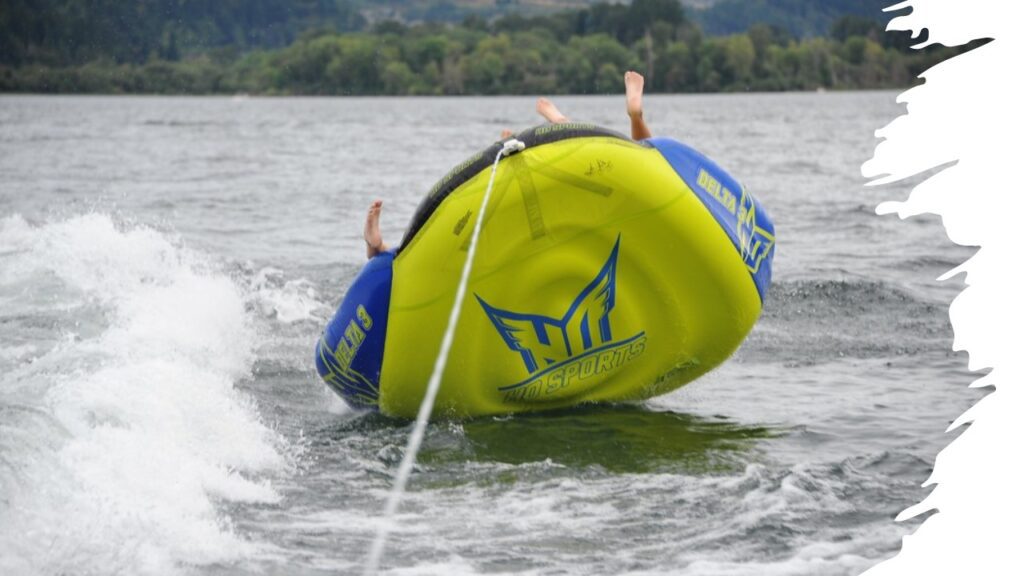
How to Avoid Tangled and Kinked Tow Ropes
Nothing ruins a tubing session faster than spending 20 minutes trying to untangle a knotted tube rope.
Here’s how to avoid it:
- Coil your rope using the figure-eight method (minimizes twist)
- Use a rope keeper or Velcro wrap to hold it in place
- Store in a ventilated, UV-resistant rope bag; never leave it wet and balled up.
Brands like WOW, Airhead, and O’Brien now include keepers in their rope kits for this reason.
What Is a Booster Ball, and Do You Need One?
A booster ball is an inflatable ball that connects mid-way on your rope, lifting the line above water to reduce drag and “dolphining” (tube nose-diving).
Best when:
- Pulling more than 2 riders
- Using a low-hitch boat (like pontoons)
- Experiencing rope slap or frequent submerging
Using a booster ball can extend rope life, improve tube tracking, and reduce back strain for riders.
How to Attach the Rope to Your Boat
|
|
|
|
Different boats, different setups. Here’s how to do it right:
- Ski pylon or wake tower: Best angle and height for tow ropes.
- Transom tow eye: Use a Y-harness to evenly distribute tension and avoid pulling to one side.
- Pontoon tow bar: Ensure it’s rated for tubing and not just skiing.
Pro tip: Double-check the rope clip or loop each session. A weak or rusty carabiner has ended many summer plans early.
Learn how to pull a tube behind a boat safely.
What About Pulling Multiple Tubes?
You can technically pull two tubes, but you’ll need:
- Separate ropes with equal length
- A Y-rope splitter or dual-hitch setup
- Ropes rated for the combined rider load
Also check out how to pull two tubes behind a boat for precise safety considerations, especially regarding wake interference and turning clearance.
How Long Does a Tube Rope Last?
Expect 2–3 seasons with regular use, possibly more if:
- You rinse it with fresh water after use
- Dry it fully before storage
- Avoid sun exposure when not in use
Retire any rope with:
- Frays
- Discoloration
- Thinning or soft spots in the braid
The Bottom Line on The Best Tow Rope for Tubing
The best tow rope for tubing is about more than strength and length. It’s a full system: safety, performance, ease of use, and longevity. Whether you’re towing a single-rider donut or gearing up for the best towable tube for boating with a full crew, your rope is the lifeline.
